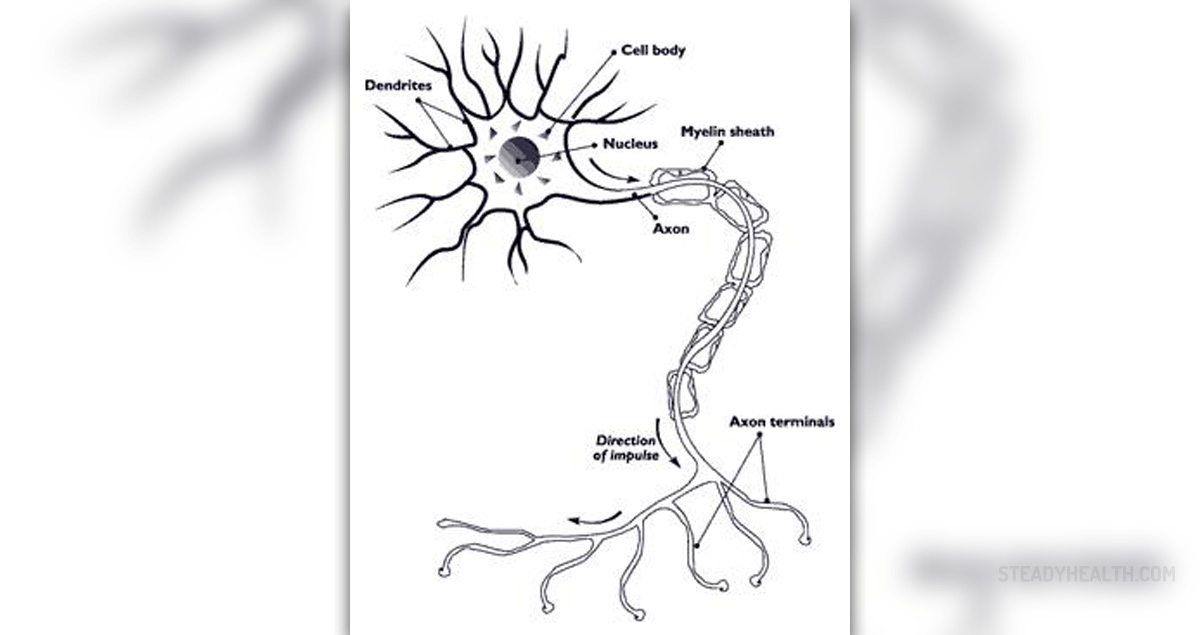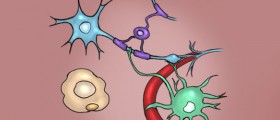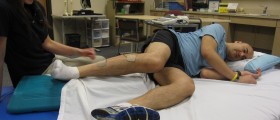
Nervous system of the human body is a very complex system,which is made of the network of neurons, which are cells specialized forcoordinating actions and for transmitting signals between various parts of thebody. Besides the brain and spinal cord, there are approximately ten billionneurons and even more interneural connections. This system is comprised ofcentral and peripheral nervous system. While parts of the central are brain andspinal cord, the peripheral is made of sensory neurons, ganglia (clusters ofneurons) and nerves that serve as the connection between themselves and between themand the central nervous system. In other words, peripheral nervous system consistsof autonomic nervous system and Somatic nervous system.
Main characteristics of Somatic nervous system
As a part of peripheral nervous system, Somatic nervoussystem consists of sensory neurons and motor neurons. Since sensory nervestransmit the impulses form the sense organs to the central nervous system, andmotor nerves transmit these impulses from the central nervous system to theskeletal muscle effectors, it means that in general, Somatic nervous system is responsiblefor a proper functioning of the voluntary activities of our body and for a properfunctioning of our senses. Thanks to Somatic nervous system, we are able tosee, feel the smell, taste and touch, as well as to hear sounds. Having in mindthe roles and complexity of this part of the nervous system, which is only onepart of it, it is obvious how important it is to keep it as healthy aspossible.
Disorders that may affect Somatic nervous system
When it comes to disorders related to the Somatic nervous system,the fact is that they are numerous. Besides neuropathy, which is a functionaldisorder that involves one or more nerves in any region of the peripheral nervoussystem, there are also:
Neuritis, which is the inflammation of cranial nerve, Diabetic neuropathy, which is a cranial or peripheral nerve disorder that is a result of diabetes, Myasthenia gravis, which is related to the neuromuscular junction, Trigeminal neuralgia, which is usually related to the fifth cranial nerve, also called trigeminal nerve, Cranial nerve neoplasm, which is a disorder characterized by either cancerous or benign growths that appear somewhere in the tissues of the cranial nerve, Brachial plexus neuropathy, which is a disorder related to the brachial plexus, in which there are spinal nerves that the communication with the arm, hand and forearm depends on.




_f_280x120.jpg)





_f_280x120.jpg)




Your thoughts on this
Loading...